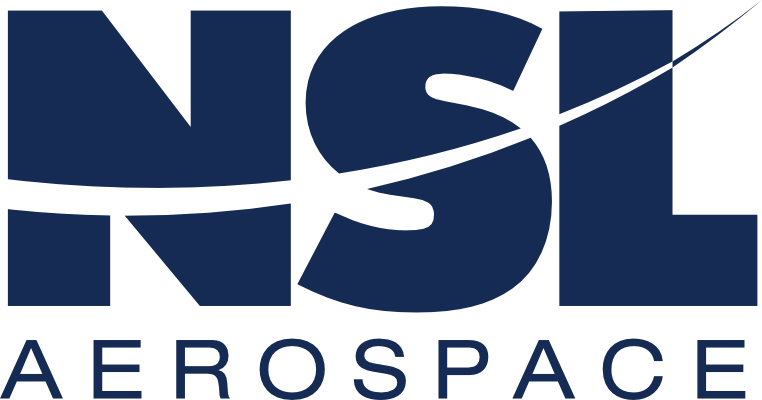MILSPECS create standardization in the aviation and aerospace industries. This guide will define the military spec numbers related to sealants.
What is MILSPEC?
MILSPEC is an abbreviation for “military specifications.” It is a shorthand way of stating that a product meets military specifications. According to the U.S. Government Accountability Office (GAO), military specifications "describe the physical and or operational characteristics of a product," while military standards "detail the processes and materials to be used to make the product."
What is Mil Standard?
Similar to milspec, mil standard is a shorthand way of stating that a product meets military standards. Within the United States military, standardization is key for efficient maintenance, repair, and operability.
To achieve that, the U.S. Department of Defense (DoD) has created defense specifications and standards, collectively referred to as "milspecs," informally, and abbreviated "MIL-STD" and "MIL-SPEC." These are a major part of the DOD's Standardization Program, which, "seeks to limit variety in purchased items by stipulating certain design details." [1]
For example, a specification might describe the kind of wire to be used in an electrical circuit and a standard might describe how the wire is to be fastened in a circuit and what tests should be conducted on the circuit.
More plainly, a military standard part, also referred to as a MIL-STD or MIL-SPEC part, is a component that meets standard requirements established by the U.S. DoD in order to meet their objective of standardization.
How are MILSPECS and Aerospace Specifications Related?
Milspecs serve several purposes. First, they offer standardization, which meets multiple defense-related objectives.
Second, standardization ensures interoperability between products. In aerospace specifically, buyers can rest assured that if they buy the same sealant from two different companies and each product meets the same milspec, they can be used interchangeably.
Third, milspecs provide a layer of protection against contractor fraud. If it is certified to meet the standard, fraud is less likely.
Fourth, milspecs promote greater opportunities for competition among contractors by laying out exact standards to meet in product creation.
What MILSPECS Are Common in Sealants?
Here are some examples of MILSPECS in aviation sealants sold by NSL Aerospace.
MIL-PRF-8516G
Sealing compound, synthetic rubber, electric connectors and electric systems, chemically cured. Example product meeting this military specification: CS3100 Class 1, 2 & 3
MIL-S-11031
Sealing compound, adhesive; curing (polysulfide base). Example product meeting this military specification: CS3202 Class B
MIL-S-38228
Sealing compound, environmental, fir aircraft surfaces. Example product meeting this military specification: CS2415 Class B
MIL-S-81733
Sealing and coating compound, corrosion inhibitive (superseded by MIL-PRF-81733D). Example product meeting this military specification: WS8070 Class B & CS3213 Class A, B & C
MIL-S-83430
Sealing compound, integral fuel tanks, and fuel cell cavities, intermittent use to 360 degrees F (182 degrees C) (superseded by AMS-3276). Example product meeting this military specification: CS5500 Class A & B
MIL-S-8802
Sealing compound, temperature-resistant, integral fuel tanks and fuel cell cavities, high-adhesion (superseded by SAE AMS-S-8802). Example product meeting this military specification: CS3204 Class A & B
MIL-S-8784
Sealing compound, low adhesion, for removable panels and fuel tank inspection plates (superseded by SAE AMS-3284). Example product meeting this military specification: WS8010 Class B
